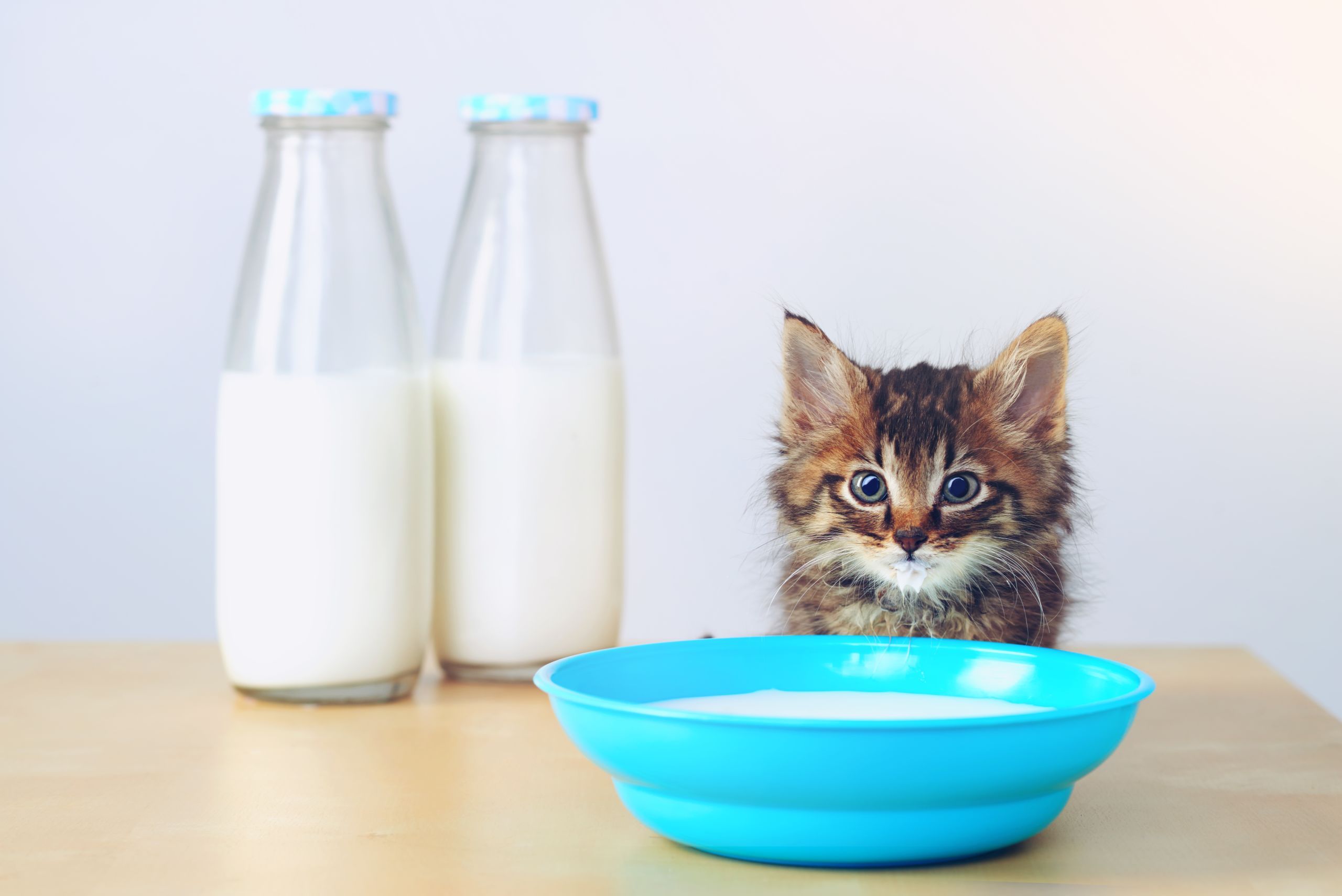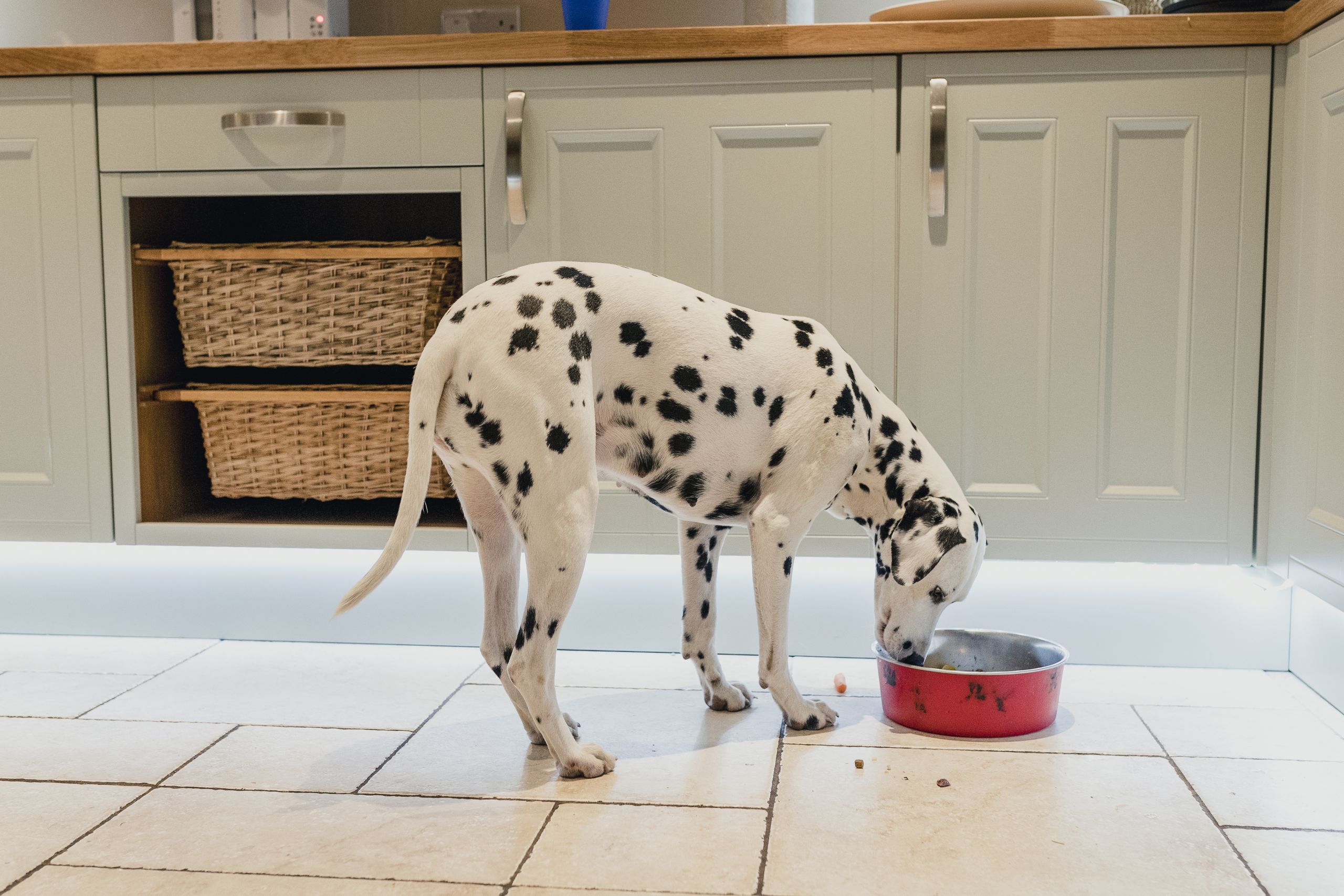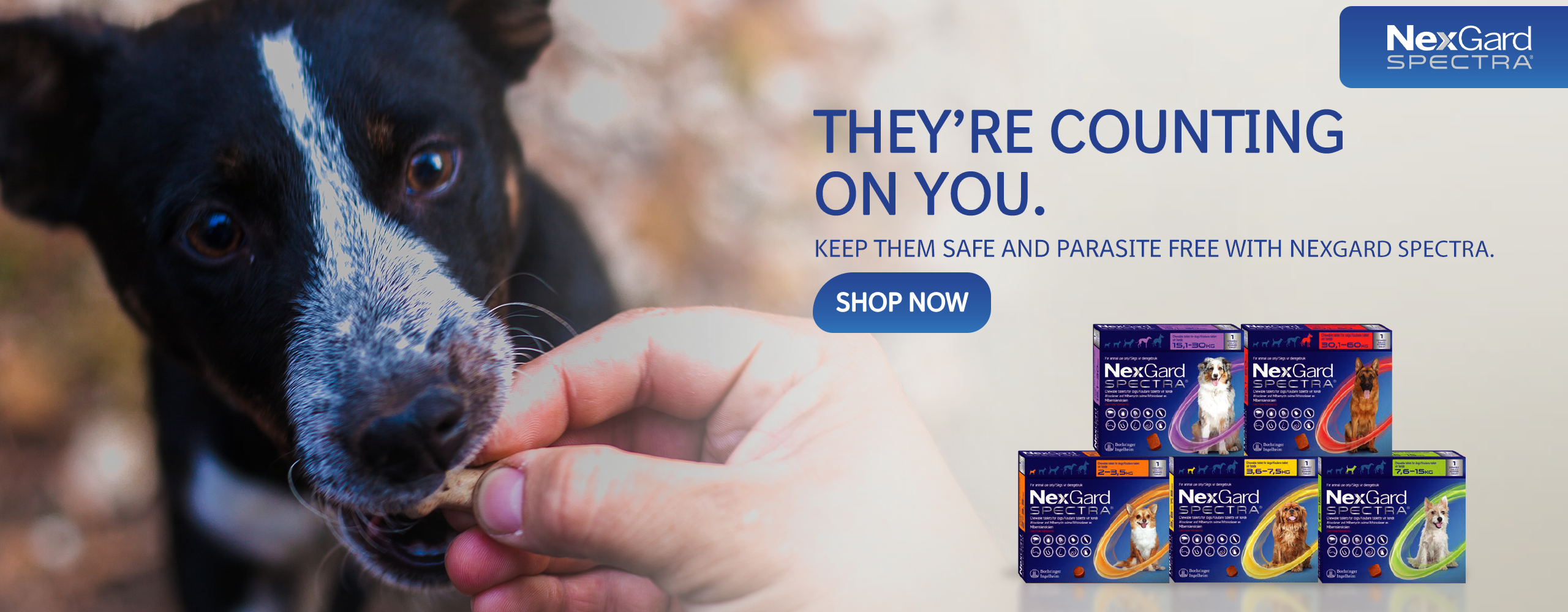Your answers to 5 frequently asked vet questions

When it comes to your four-legged friends, their health and wellbeing should be just as much of a priority as it is for any other member of the family. But if you’re wondering how often your cat needs to be dewormed, or how much your pooch needs to eat, you’re not alone.
We turned to qualified veterinarian Dr Michelle Enslin from Boehringer Ingelheim to answer some interesting and frequently asked questions from pet-owners. From healthy habits to hair loss, here is Dr Enslin’s insights on better caring for your pet...
Q: Is it healthy for your cat to drink milk?
Dr Enslin: No, it is not healthy for your cat to drink milk. Most cats and dogs are lactose intolerant by the time they reach weaning age. This means that after the age of eight weeks, they lose the ability to digest milk sugars and are at risk of getting an upset stomach.
A cat may be inclined to drink milk for the purpose of hydrating, in which case it would be far healthier to offer them clean, fresh water which is freely available all day. Cow’s milk is also very high in fat which makes it tasty for them. This does not mean they need it.
The only time it would be acceptable for a cat to drink milk is when they are nursing from their mother during their first eight weeks of life. Thereafter, a diet of dry kibble mixed with some wet food will be sufficient.

Q: Is there a product for cats or dogs to minimise hair loss and shedding?
Dr. Enslin: Hair loss in the form of shedding is a completely normal occurrence in dogs. Some breeds shed more than others depending on the length and type of their coat, and the time of the year. Bathing with an appropriate pet-friendly shampoo and regular brushing can help to remove the loose hairs from their coats.
It is important to note that if hair loss produces obvious bald spots on your pet’s coat, this is not the same as shedding. Many conditions of the skin can result in something called “alopecia”, and this needs to be seen to by a vet.
Q: At what age should a dog be spayed or neutered and what are the advantages and disadvantages of it?
Dr Enslin: The traditional age to spay or neuter your dog is when they are six to nine months old. Dogs can be sterilised as adults as well, although there is a slightly higher risk of post-operative complications in dogs that are older than seven years of age, that are overweight, or that have health problems. It is best to sterilise within the first year of life.
The advantages of spaying or neutering your dog far outweigh the disadvantages. Spaying female dogs before their first heat, for example, greatly reduces their risk of breast cancer and uterine infection. Neutering male dogs prevents testicular cancer as well as other serious health conditions involving the prostate.
Spaying or neutering your dog can also help reduce undesirable behaviours such as:
- Territory marking on furniture and appliances;
- Roaming when away from home ;
- Aggression towards people and other animals;
- Mounting other dogs or people.
The disadvantage of spaying or neutering your dog is that their metabolism does tend to slow down. This does not mean that your dog will gain weight after being sterilised, but rather that they require close monitoring of food intake and regular exercise to keep them trim and healthy.

Q: How often do you need to deworm a cat?
Dr. Enslin: Regular deworming is imperative for all cats. Every three months is recommended, but this may need to be increased to monthly, depending on the lifestyle of your cat.
Outdoor cats are more at risk of picking up something in the external environment or contracting parasites from other animals. If there are small children in the household, many worms are transmissible to humans, especially kids. Seasons can impact the number of worms in the environment, so it is advisable to deworm monthly during times with higher rainfall.
Q: What can I do and feed my puppy to ensure they are getting all the right nutrients they need to grow up healthy?
Dr Enslin: Ask your veterinarian about options for good quality puppy food. If you want your dog to have a good start in life, try to give them the best food available. This is money well-spent as it eliminates the need to include additional nutrients to supplement the diet and has been proven to reduce the risk of many diseases and consequently future vet bills.
Take note of the following tips for choosing a good diet:
- Packaging must say "100% balanced and complete" on the bag. Dogs are not carnivores but omnivores which means that in order for their diet to be complete and balanced, there needs to be a healthy inclusion of carbohydrates, fats and proteins.
- Kibble is very important to keep their teeth clean and strong. Don’t give dogs bones as they can get stuck in your dog’s intestinal tract and cause obstructions and even death. Kibble is much more effective - and safer!
- Choose a diet geared towards your puppy’s lifestyle, breed, size and age. A small breed puppy does not have the same nutritional requirements as a medium or a large breed puppy.
- Always follow the feeding guidelines on the packaging to ensure you are feeding your puppy the right amounts and at the correct times




